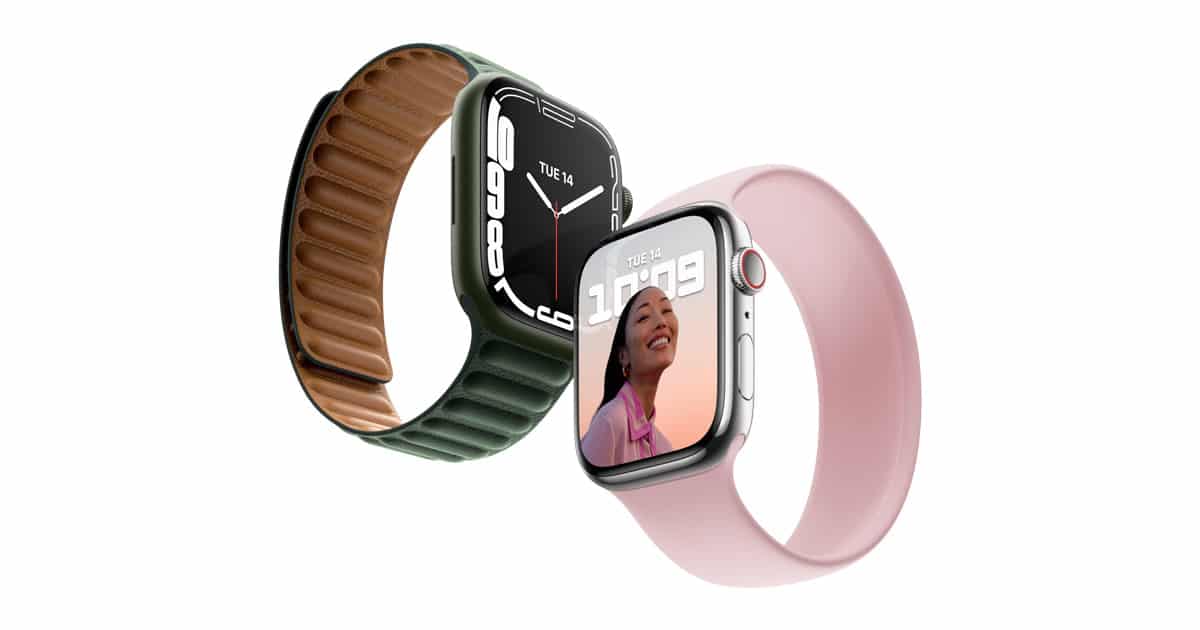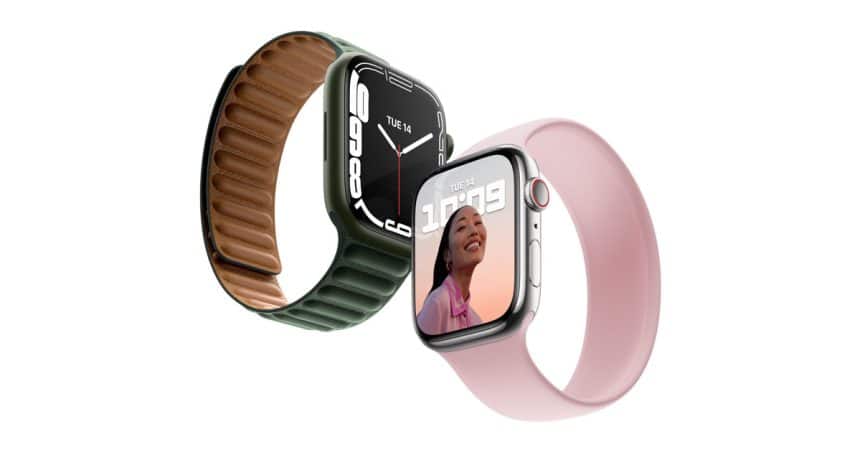Apple Watch users have found an alternative way to wear their devices—on their ankles. While it may seem unusual, some fitness enthusiasts and individuals with specific needs claim that this placement improves tracking accuracy. However, experts suggest that wearing the Apple Watch on the ankle may not be the best option for everyone.
Why Wear an Apple Watch on the Ankle?
For some users, this trend is born out of necessity. Individuals with smaller wrists struggle to get a snug fit, making accurate readings difficult. Others with tattoos or skin conditions that interfere with sensor accuracy turn to their ankles as an alternative. Some professionals, such as surgeons, who cannot wear accessories on their wrists due to hygiene regulations, also explore this option.

Fitness tracking accuracy is another reason behind this trend. Users who push strollers or use standing desk treadmills often notice that their step count does not reflect their actual movement. By strapping the watch to their ankles, they hope for more precise activity data.
Does It Work?
While ankle placement might seem like a practical solution, it presents challenges. Apple designed the watch’s sensors to detect data from the wrist, not the ankle. Users who tested both placements noticed differences in readings. Heart rate and blood oxygen measurements were inconsistent, and some features, such as ECG, did not work at all.
Moreover, wearing an Apple Watch on the ankle makes everyday functions less convenient. Checking notifications, responding to messages, or using Apple Pay becomes impractical. Additionally, some people mistake the device for an ankle monitor, which could lead to awkward situations.
Apple’s Official Stance
Apple does not officially support wearing the Apple Watch on the ankle. The company recommends keeping the watch on the wrist for accurate health tracking. For those experiencing accuracy issues due to tattoos or wrist conditions, Apple suggests using an external Bluetooth heart rate monitor instead.
While wearing an Apple Watch on the ankle may provide some benefits for select users, it is not a practical or recommended solution for most. Apple designed the device with wrist-based tracking in mind, and alternative placements may lead to inaccurate readings. Those looking for more precise fitness tracking should explore other options, such as dedicated fitness bands or external heart rate monitors.












